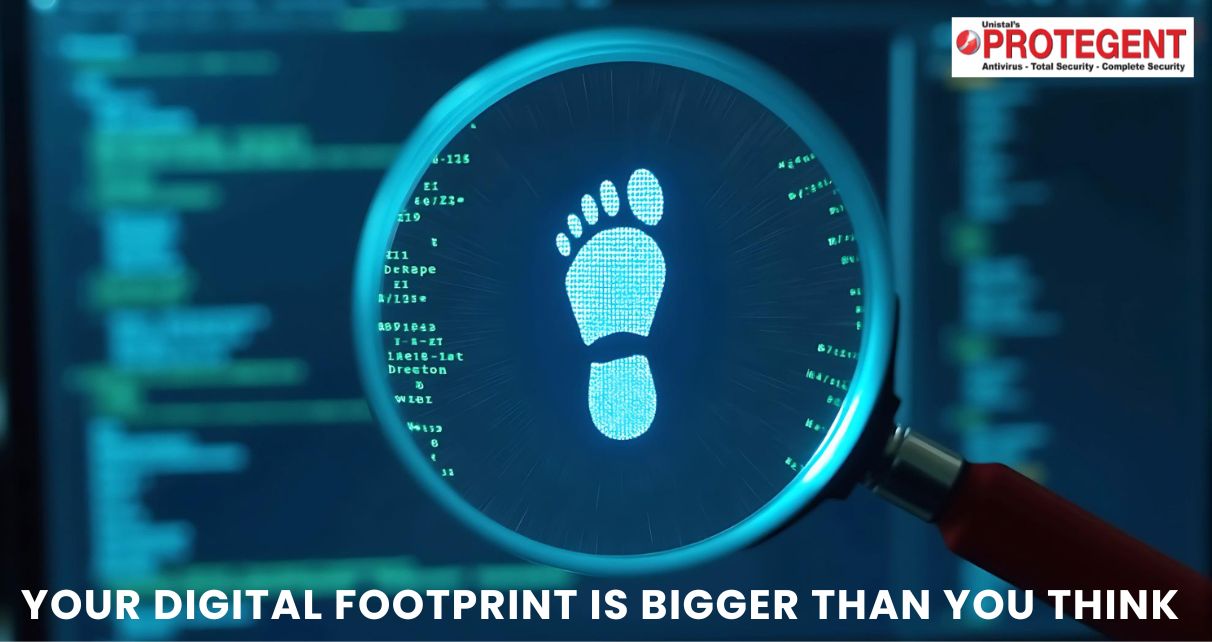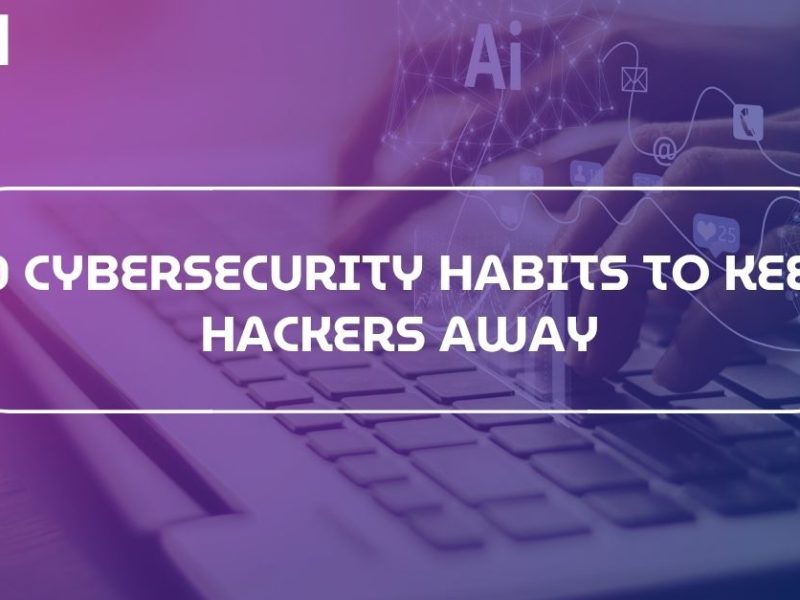
Every Click Counts: How to Take Control of Your Digital Footprint Before It Controls You!
Ever had that strange feeling where you search for a product once and suddenly it’s following you everywhere — on Facebook, in your email, even in your news apps? That’s not magic. That’s your digital footprint in action.
Think of your digital footprint as the trail of breadcrumbs you leave behind every time you go online — whether you’re shopping for a pair of shoes, signing up for a newsletter, or liking a cute dog video. It’s a collection of every click, search, post, and scroll. And here’s the catch: most of the time, you’re not even aware of it.
Let’s talk about what makes up this invisible trail and why it matters more than we think.
What Exactly Is a Digital Footprint?
Your digital footprint is the sum of everything you do online — and I mean everything. Social media activity, Google searches, online shopping habits, app usage, and even your location data if your phone is set to share it. It’s all recorded somewhere, somehow.
And it’s not just what you post willingly. There are two types of digital footprints:
- Active: The things you intentionally share (posts, comments, reviews).
- Passive: The stuff collected without your knowledge (cookies, IP tracking, location data).
Now here’s where things get a bit scary. This data is gold for marketers, data brokers, cybercriminals, and even recruiters. They can piece together a digital version of you — your habits, preferences, beliefs, and even your weaknesses.
How Your Online Activities Build That Footprint
Let’s break it down — here’s what quietly adds to your data trail every single day:
- Social media: Every like, share, and emoji builds a behavioural profile.
- Browsing history: Even in incognito mode, your ISP and trackers know where you’ve been.
- Online shopping: Your cart, wishlist, and product clicks are logged and sold.
- Apps and permissions: Many apps ask for more data than they need — some even collect your contacts or location while you sleep.
- Emails and cloud use: Emails aren’t just communication anymore —they’re data points.
- Smart devices: Think Alexa, fitness bands, or even your smart fridge — all collecting something.
Oh, and those “Like” and “Share” buttons you see on random websites? Yep, they’re little spies too — sending your info back to social media companies.
What’s the Big Deal? Why Should I Care?
Here’s the uncomfortable truth: your digital footprint can be used against you.
- Cybercriminals use your leaked data for phishing and identity theft.
- Hackers exploit old, unused accounts with weak passwords.
- Employers and colleges often screen applicants by checking their online activity.
- Insurers or lenders may use your digital behavior to judge your risk profile.
- Political campaigns and advertisers manipulate your online experience based on the profile they’ve created about you.
Do you know?
Data brokers hold over 1,500 data points per person — often without your consent.
How to Spot and Clean Up Your Digital Trail
Okay, let’s get to the part where you take back control. Here are 13 smart ways to protect your digital footprint:
- Google yourself: Seriously, see what’s out there. Set up alerts for your name.
- Delete old accounts: That random fashion app from 2015? Get rid of it.
- Tighten privacy settings: Dive into the settings of your apps and social media. Limit who can see what.
- Use strong, unique passwords: Password123 isn’t fooling anyone. Use a password manager and go long; go random.
- Block third-party cookies: They track you across sites. Disable them in your browser.
- Review app permissions: Ask yourself: Does this flashlight app really need my location?
- Create a burner email: For newsletters, trials, and loyalty cards. Keep your primary inbox private.
- Unsubscribe from junk: Fewer mailing lists = fewer risks.
- Use a VPN: Especially on public Wi-Fi. It encrypts your traffic and masks your IP.
- Sign up for dark web monitoring: Get notified if your data is exposed.
- Opt out of people search sites: Some offer opt-out forms. It’s tedious but worth it.
- Update your software: Old versions can be gateways for cyberattacks.
- Be mindful of what you post: Ask yourself: Would I be okay if this post went viral for the wrong reason?
The Digital World Isn’t Going Away, So Be Smart About It
We can’t live completely offline. Our lives are entwined with the internet — from banking to working to dating. But that doesn’t mean we should give away our data like candy.
Protecting your digital footprint doesn’t mean paranoia. It means being informed, staying intentional, and using the right tools.
Speaking of Tools… Meet Your Digital Bodyguard: Protegent Total Security
You don’t need to go it alone. Protegent Total Security is like having a personal security team guarding your digital life 24/7.
Here’s how it helps:
- Digital Footprint Visualization: See which websites have exposed your data — and learn how to fix it.
- Anti-tracking Protection: Stops trackers and advertisers from profiling you.
- Built-in VPN: Keeps your browsing private, especially on public networks.
- Ransomware and Phishing Shield: Blocks suspicious activity and harmful links before they harm you.
- Parental Controls + Data Leak Monitoring: Because your family’s digital safety matters too.
In short, it does the heavy lifting while you go about your day — binge-watching, banking, or booking flights — without the constant fear of being watched.
Final Thought
Your digital footprint isn’t something to fear — it’s something to understand and manage. Because every click, every scroll, and every sign-up adds to the story you’re telling online.
The question is: Who’s writing that story — you or someone else?
With a little awareness and help from trusted tools like Protegent Total Security, you can take control and ensure the internet remembers you for the right reasons.




